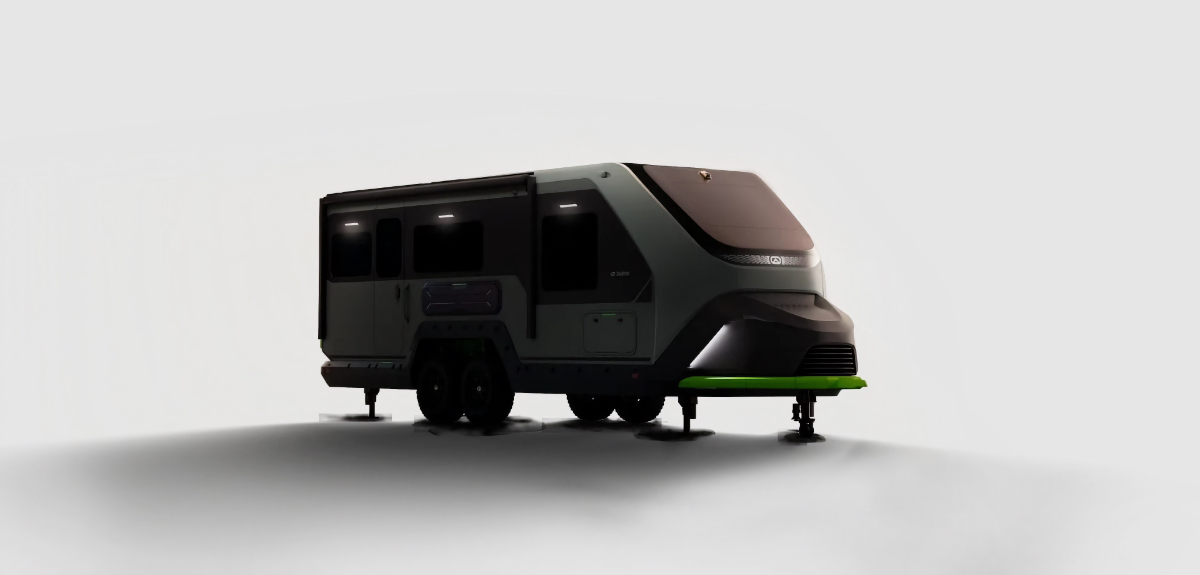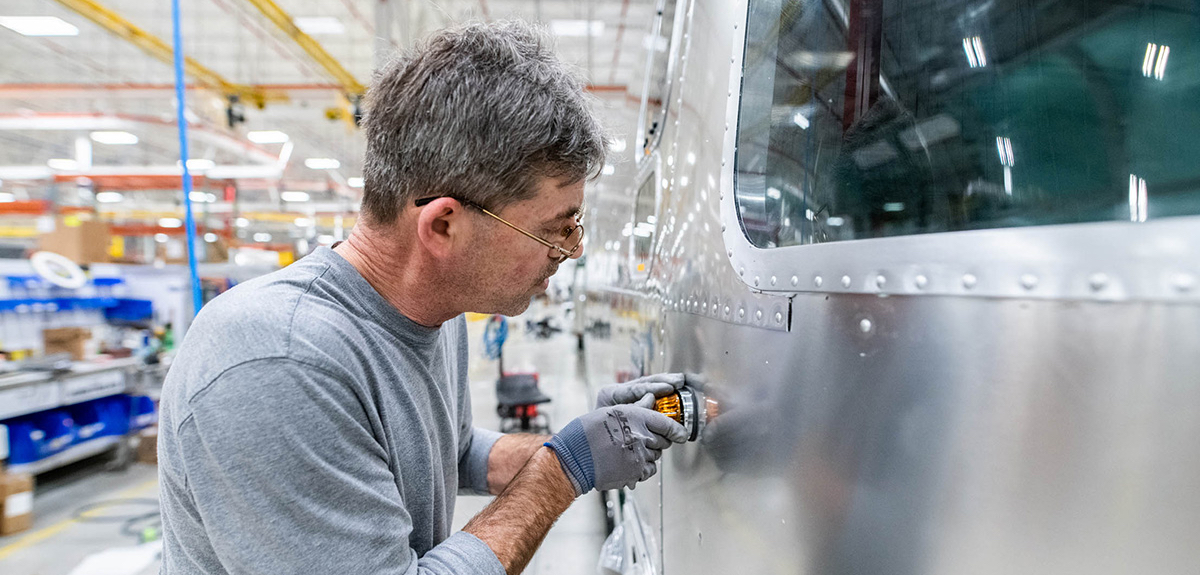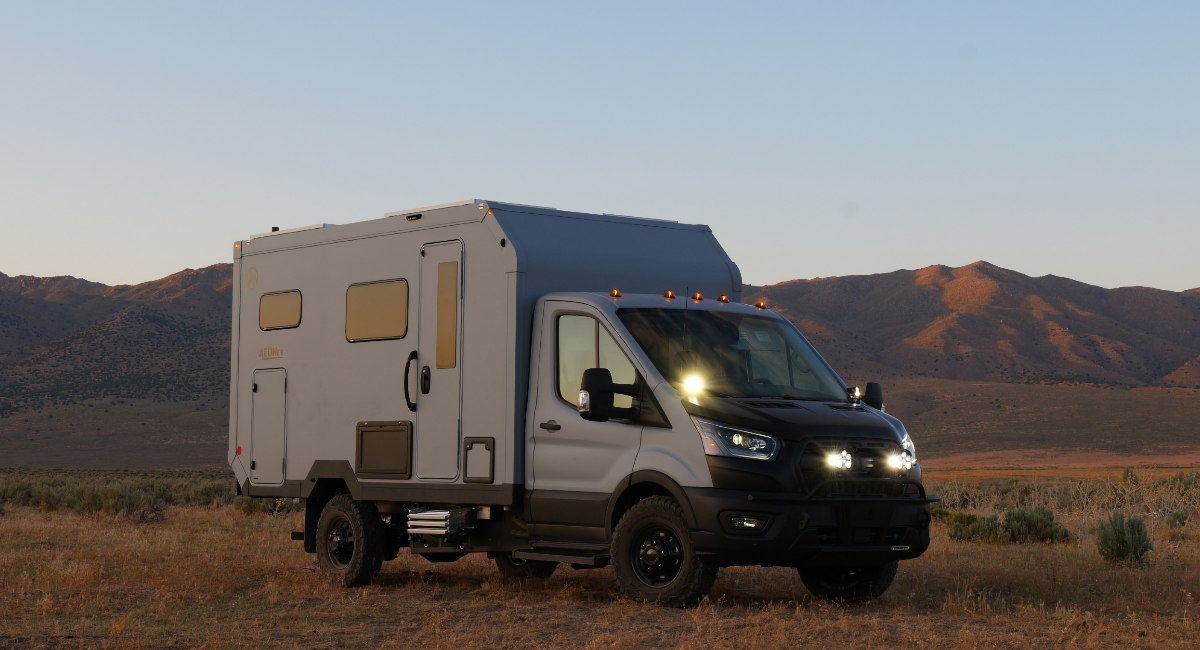Shop Talk: See the (Sky)Light in a Vistabule Teardrop
The company builds teardrops that reveal the great outdoors.
Image Caption: Classic-but-modern teardrops on the St. Paul factory floor (Photo Credit: Liam James Doyle)
In September 2011, Bert Taylor decided he wanted a new challenge. In the past, he’d started a company that made furniture assembled with wine corks. He’d been a woodworker who designed Red Wing Shoes stores. And just when he was getting the entrepreneurial itch again, someone told him about “teardrop” trailers from the 1930s.
As Taylor fell in love with the vintage, streamlined aesthetic, he knew designing one would be his next enterprise. When he told his wife he was going to start a new company, she said that was fine—so long as it was up and running by December 31.
She didn’t specify a year.
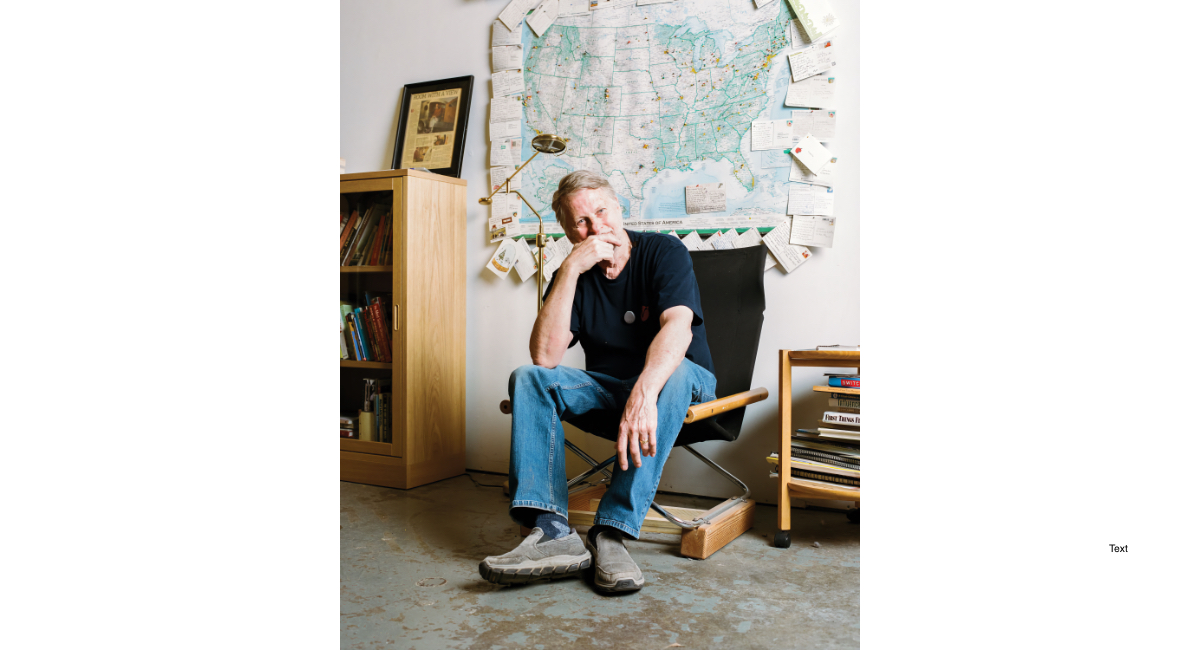
Bert Taylor in his domain (Photo Credit: Liam James Doyle)
Taylor ordered build plans online, but wasn’t impressed. “I got about three quarters of the way through,” he says, “and I realized this is not how you should build a trailer.” So he scrapped that project and started on his own designs. By June 2012, he had a working model and took it on the road. Next, he launched a website. Keeping his promise (sort of ), he put the trailer on Craigslist on New Year’s Eve of 2012. It was priced at $9,900. It sold within three hours.
Since then, Vistabule, the company Taylor launched, has moved out of his Minneapolis garage, into an 18,000-square-foot production facility in St. Paul, where it will soon build their one thousandth Vistabule. We spoke to him about canned ham trailers, the importance of light and of the allure of heading out for the horizon.
Q: Where did the inspiration for the Vistabule come from?
A: I had a friend who turned me on to vintage trailers from the 1950s and ’60s, like the Airstreams, the Shastas and Scotties. All these “canned ham” trailers. Then one day, he said: “Do an image search for teardrop trailers.” In the 1930s, people would make these little trailers in their garages. At the time, there was this aerodynamic push for airplanes, locomotives and automobiles to be long and sleek, and the teardrop trailer was from that era. I was just blown away. I thought: “Boy, at some point I’d like to do that.”
Q: But your shape is a little different from the classic teardrop. Why?
A: So much of it is form following function. When I decided I didn’t want to put my feet under the headboard, and I didn’t want to look at the back wall, I realized that if I turned the bed around 180 degrees, that meant the front of the trailer could come down quickly. And through the windshield, you could see not only the horizon, but also the sky. So it became more of a droplet.
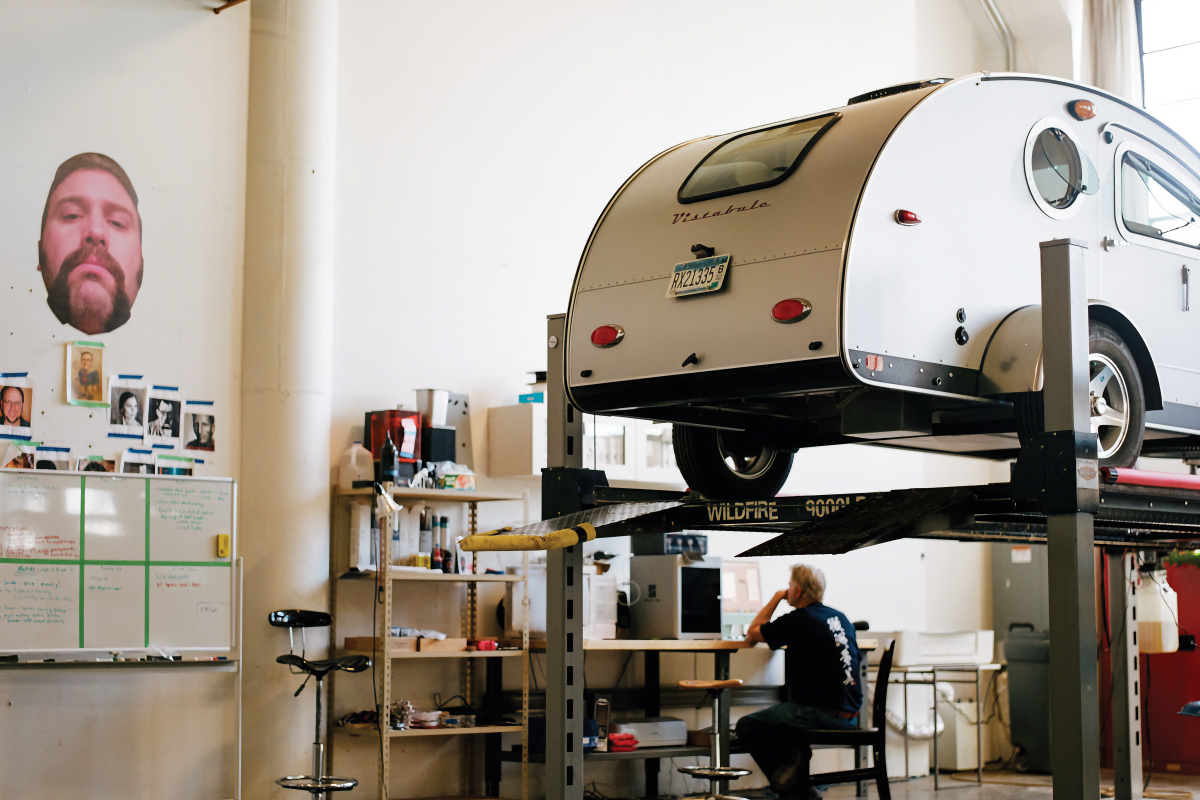
It’s always sunny in St. Paul (Photo Credit: Liam James Doyle)
Q: Windows are a big feature in Vistabule trailers. Where did that come from?
A: Rather than a bed in a drawer, I wanted it to be more of an observatory. Typically a teardrop is very claustrophobic. It’s really just meant to be a place to sleep, and I didn’t want that. I needed a visually permeable space. If I’m in there, I want to feel connected to the outdoors. I want to be able to gaze out at things. Those were my parameters in the design process. And it turns out people really like that.
Q: There are a lot of teardrop companies out there. What makes Vistabule different?
A: We’re an aesthetically oriented trailer company. We don’t want to be generic. For the people who buy them, it’s really important how they look going down the road and how they feel in their mind’s eye. The Vistabule aesthetic is to have a Willys Jeep and be pulling this thing over the horizon. You don’t know where you’re going. You’ve got a cool vintage car and a cool vintage trailer. You’re having an adventure.
Q: What’s your hope for the company?
A: It kind of harks back to Wally Byam, who was the inventor of the Airstream trailer. He wore a beret, and he would take people all over the world on these caravans. There are all these iconic images of dozens of Airstreams in all of these exotic places, like the pyramids or remote regions in Africa. I always think of that when I think of my business. I’d like it to have that kind of following. It wasn’t just about the trailer itself, it was about the community it creates, the camaraderie that comes when you travel together.
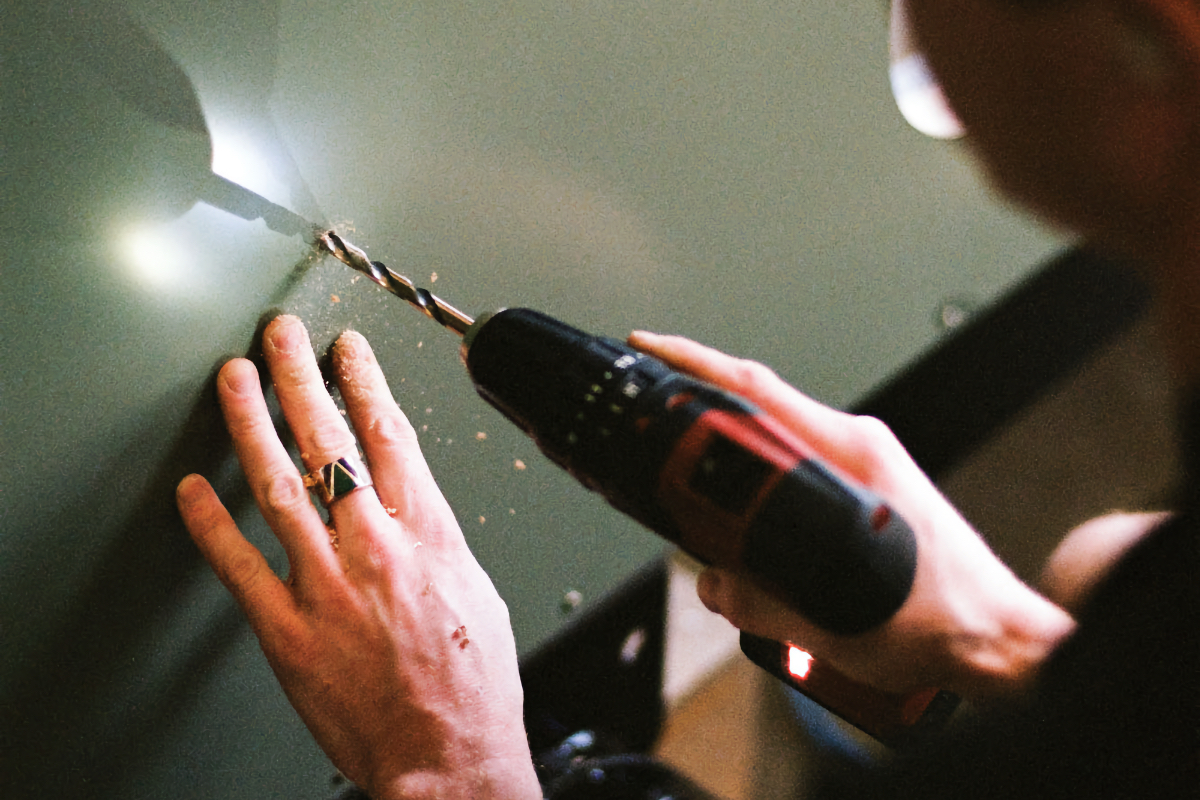
Lead assembly technician Alex Monroe at work (Photo Credit: Liam James Doyle)
Q: Has that happened?
A: There is a community of Vistabule teardrops aficionados and owners who are always talking to each other online. We have rallies where we come together and have a lot of fun. People really love to share their knowledge about how they’ve customized their Vistabules. In the last few years I’ve seen this community grow. It’s become something bigger than the sum of its parts. And that’s something that I didn’t expect when I started this business. It’s been amazing to experience the joy people have for their trailers and their co-Vistabulers
| Shop: Vistabule | Location: St. Paul, Minnesota | Founded: 2012 | Specialty: Teardrop Trailers |
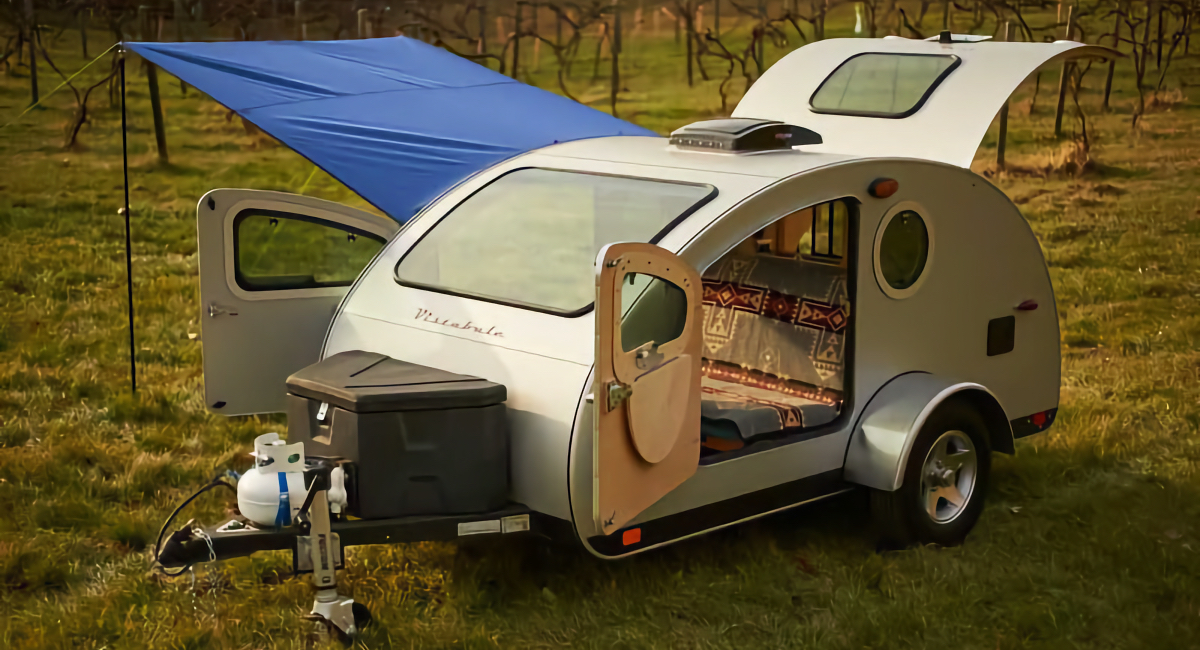
Photo Credit: Vistabule
Take Your Pick
Vistabule sells two models of trailers today. The flagship Vistabule (starting at $23,995) is based on Taylor’s original design, while the more utilitarian Daytripper ($14,995) measures just 12 feet and weighs 1,000 pounds, making it an easy tow with nearly any vehicle.
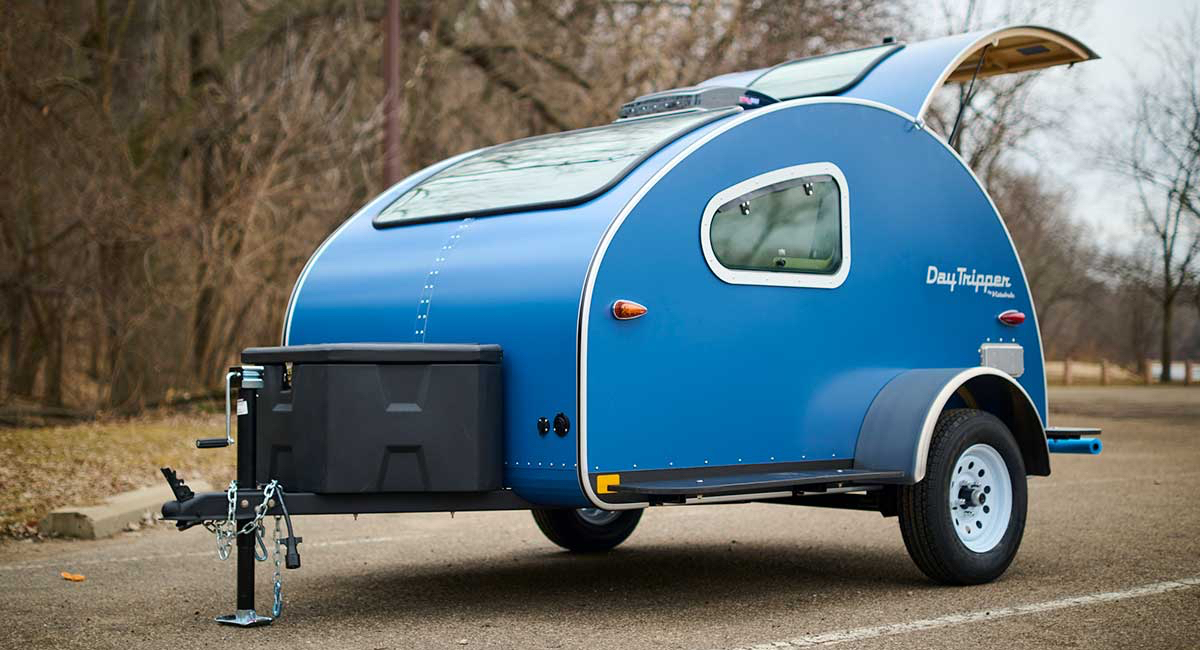
Photo Credit: Vistabule
Deep Roots
In 2015, the family-owned business moved into an old factory in St. Paul’s Midway neighborhood—one of the first businesses to occupy the space and begin the neighborhood’s revitalization. Today, prospective customers can visit the shop and work one-on-one with Vistabule’s team to design their trailer.
This article originally appeared in Wildsam magazine. For more Wildsam content, sign up for our newsletter.


